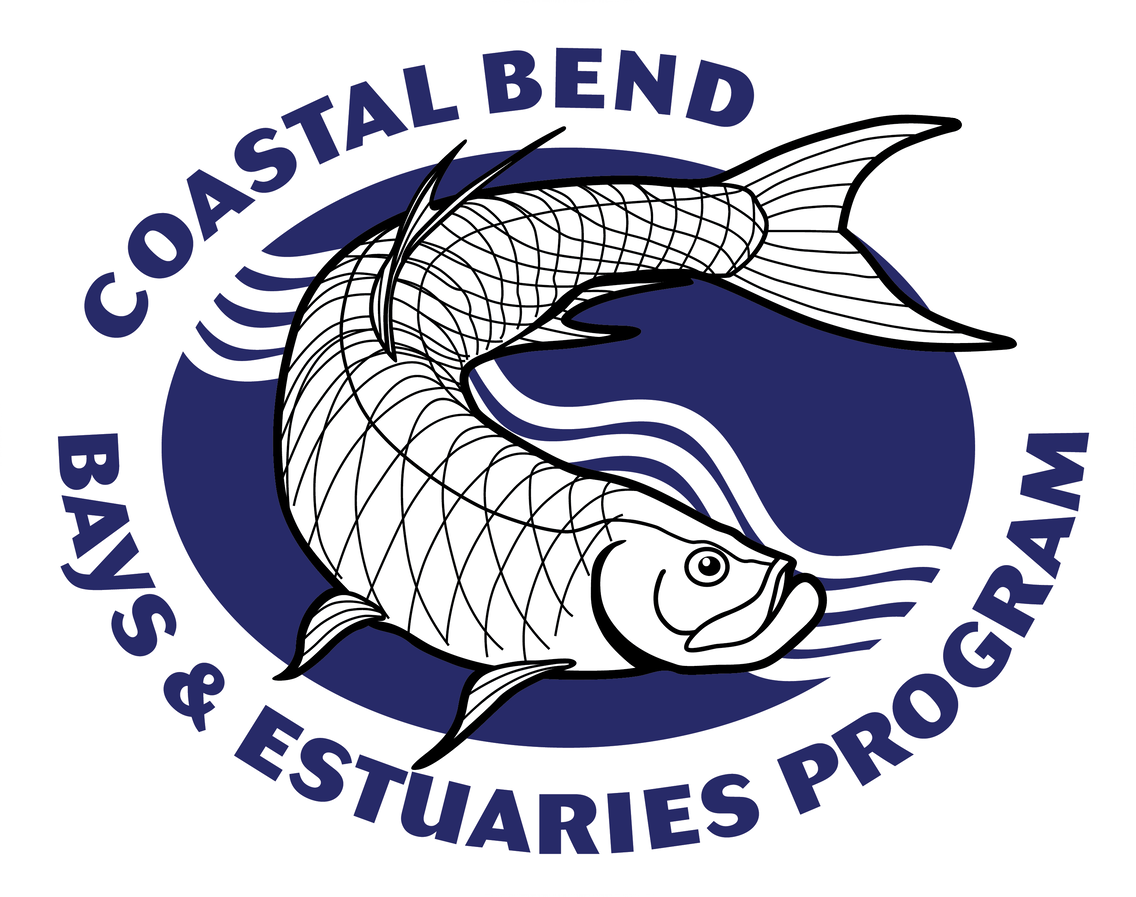TEKS Covered: : 112.50(b) 1-5, (c) 1A, 2A-D, 3A-C, 4A, 5A&CD, 6B&DE, 7A&D, 8B-D, 9C
Equipment used: field journals, data sheets, water quality equipment, seines, plankton nets, measuring equipment, small mammal traps, binoculars, field guides, dichotomous keys, psychrometers, anemometers, compasses, cameras (not provided), flow meters, soil test kits, thermometers, pH meters, turbidity tubes, hand lenses, shovels, trowels, sieves
Vocabulary: biotic/abiotic, ecosystems, biomes, source and flow energy, dichotomous key, invasive species, renewable/nonrenewable resources, global warming
Field Trip Stations:
Habitat Discovery/Ecosystem Exploration – Hike Examine how healthy our trails are: as we tour each trail, look at evidence of animals as well as invasive species, natives, exotics, etc.
Transect – Learn how transects are set. Visit one and key out any organisms that may have been trapped.
Halophytes – Observe the types of plants that are in the bayou and how they are adapted to the salty soils.
Fish ID/Health of Habitat – Use several instruments to catch and identify different organisms that live in the bayou.
Bird ID in Different Habitats – Identify birds by writing accurate descriptions. Use the descriptions to justify where they live, what they eat, and how they are adapted to their environment.
Water Quality – Collect water quality at the 2 locations including Rincon Bayou and discuss the features of the surrounding environment.
Due to the size of most middle/high school trips, we usually host the grade levels over a series of days. During the field trip, a number of stations will be run by our education staff & volunteers. Students will rotate through these stations. The activities provided are sample trips for each grade level, but as always, you may customize your field trip by meeting with the educator.
For more information in planning your field trip or to customize a trip, please use our teacher workbook.
